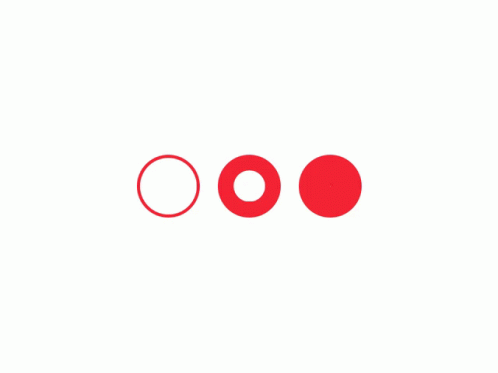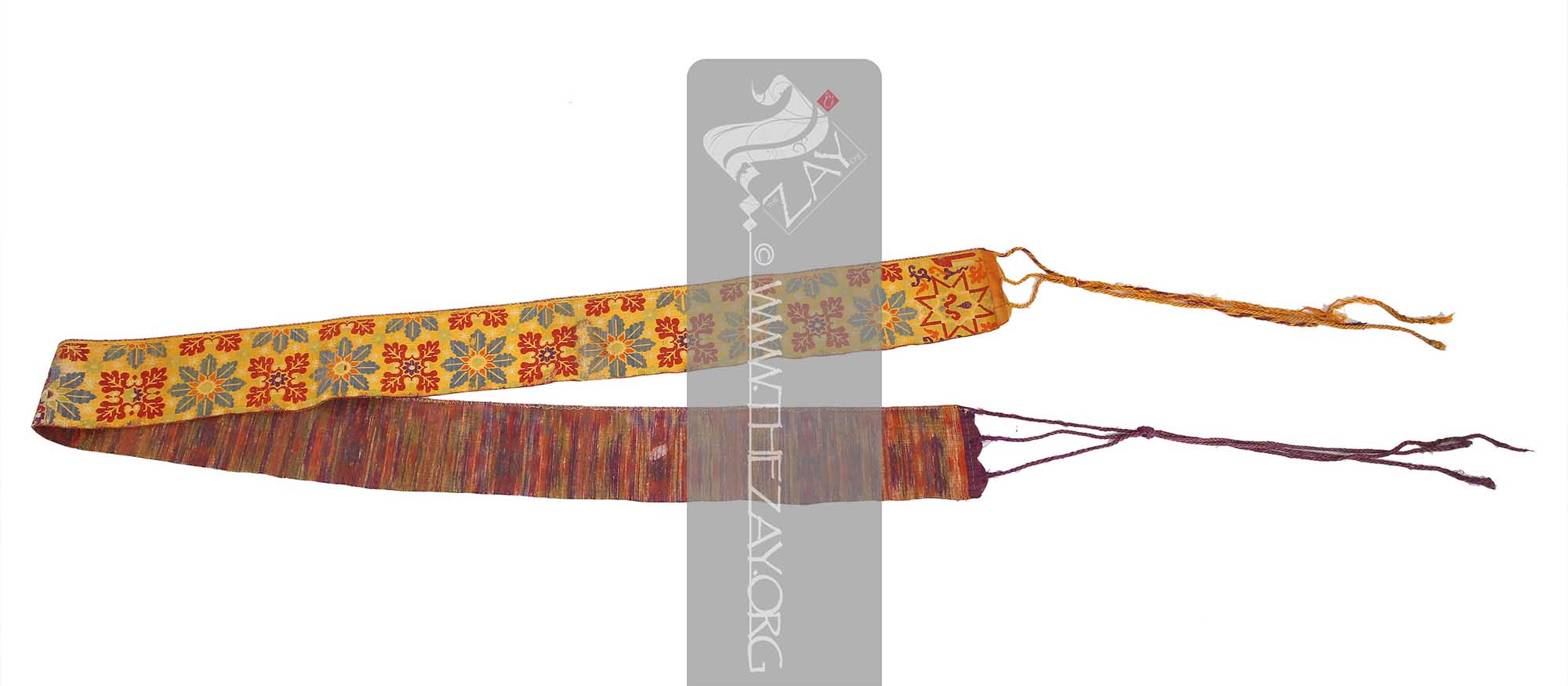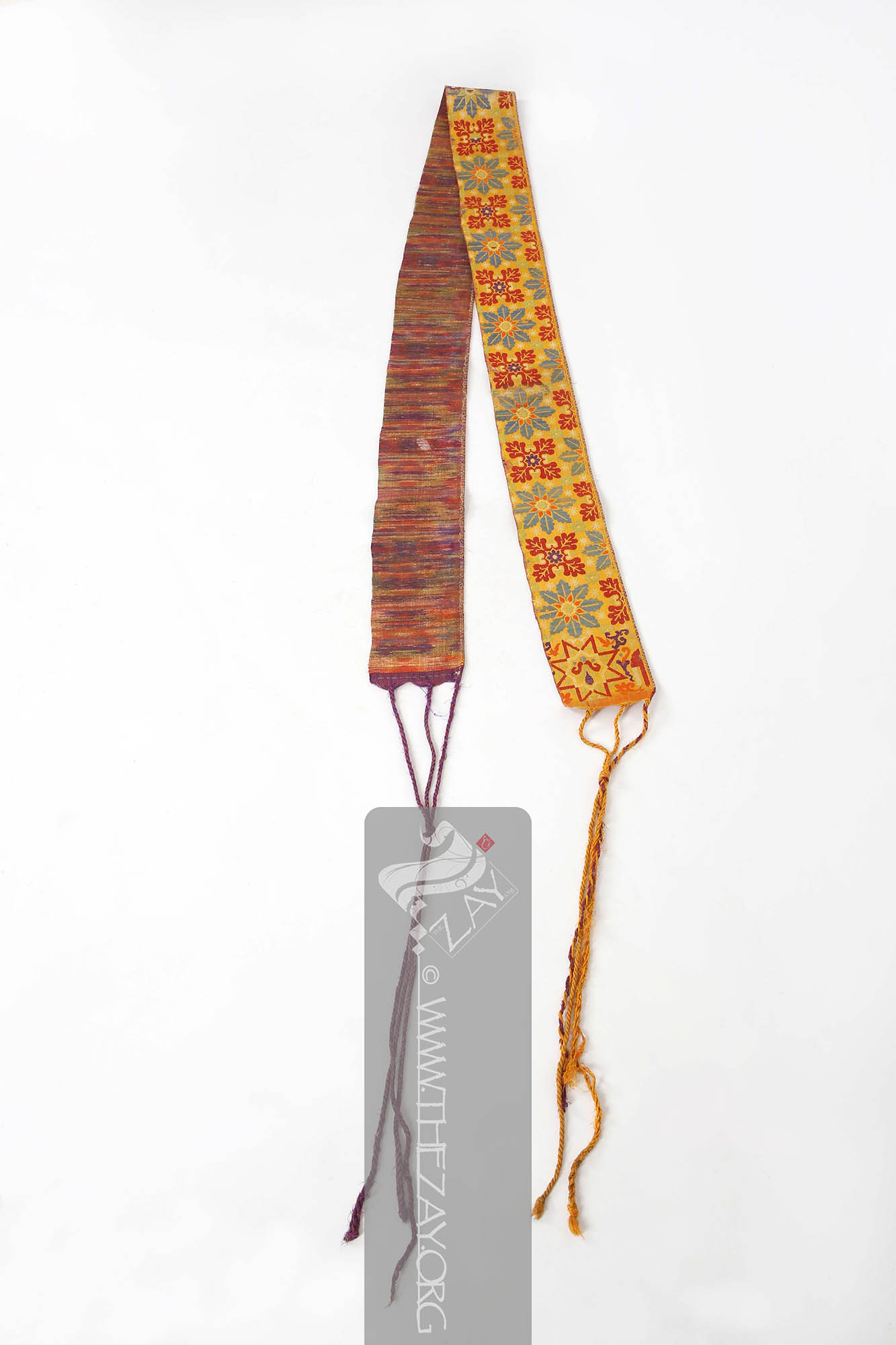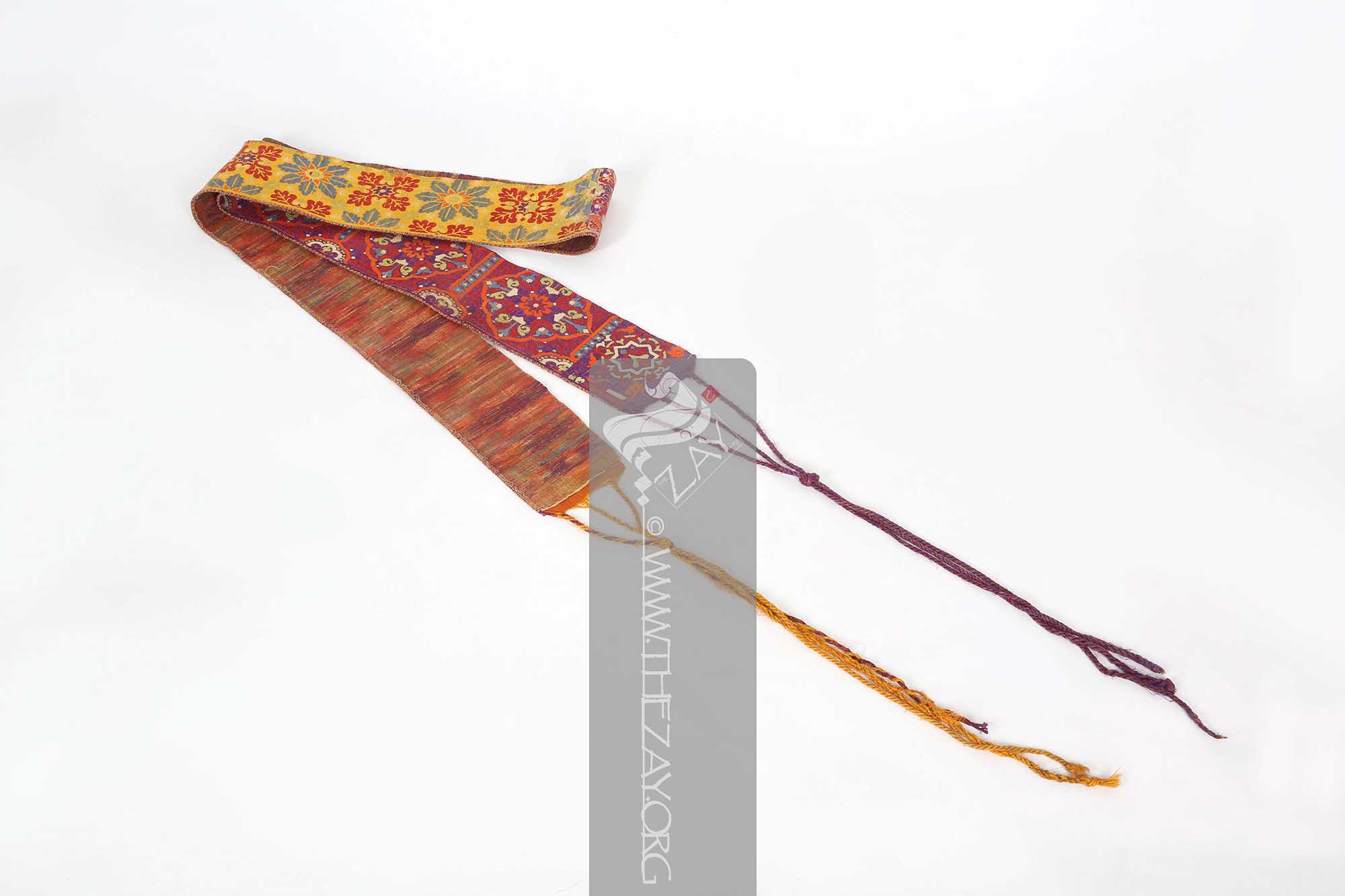








| Local Name | Hizam, Hizam_squelli; Mdammah |
| Object Category | Accessory |
| Gender | Female |
| Date of object | c. 19th – 20th century |
| Place Of orgin | Morocco |
| Region | Morocco |
| Object Range | Morocco, Libya, Tunis, Egypt, Algeria, et al |
| Dimensions | Length: 206 cm Width: 10 cm |
| Materials | Silk |
| Technique | Woven |
| Color | |
| Motif | Floral Geometric |
| Provenance | Purchased, Igor John Karen, Italy 2021 |
| Location | The Zay Zay: (Arabic: costume, Pl. azyaā’), a set of clothes in a style typical of a particular country or historical period. Initiative |
| Status | In Storage |
| ZI number | ZI2021.500880.2 MOROCCO |
Object Note
Part of a lot with three more items (ZI2021.500880.1 MOROCCO, ZI2021.500880.3 LIBYA, and ZI2021.500880.4 TUNISIA) also in the collection.
Object History
This piece was purchased by Dr. Reem Tariq
Ṭariq: (Arabic; Synonym: tulle_bi_talli
Tūlle_bi_tallī: (French: Tulle – a city in France where fine material for veil was first made; Turkish: tel – wire; Synonym: tariq; talli; badla; khus_dozi ), series of small metal knots made on a woven net ground as embellishment. The term is commonly used in the North African Arab region specifically in Egypt. Ṭariq: (Arabic; Synonym: tulle_bi_talli
Tūlle_bi_tallī: (French: Tulle – a city in France where fine material for veil was first made; Turkish: tel – wire; Synonym: tariq; talli; badla; khus_dozi ), series of small metal knots made on a woven net ground as embellishment. The term is commonly used in the North African Arab region specifically in Egypt.
Object Features
This is a woven silk waistband (hizam) or (mdammah
Mḍammah: (Arabic) - a belt made of gold or silver worn in Morocco, although it is thought to have only started to be worn since 1910. Originally from Turkey, it likely entered Morocco first through the northern cities as an accessory for wealthy men and knights. Later it became a decoration for women.
While one segment is woven over a yellow silk base, the other segment is over a purple base. The yellow base features two different floral repeats arranged alternately. It has a large star pattern near the (warp Warp: One of the two basic components used in weaving which transforms thread or yarns to a piece of fabric. The warp is the set of yarns stretched longitudinally in place on a loom before the weft Weft: one of the two basic components used in weaving that transforms thread or yarns into a piece of fabric. It is the crosswise thread on a loom that is passed over and under the warp threads. is introduced during the weaving process. ) followed by the floral repeats.
While one floral pattern is in (turquoise Turquoise: (French: turquois – present day Türkiye; Synonyms: firuze, pheroza), is a naturally occurring opaque mineral mined in abundance in Khorasan province of Iran and has been used for making dye for centuries. The term is a derivative of the French word for the country Türkiye once called Turkey. )blue with orange, yellow, and green centre, the other pattern is in red with a purple centre. The rest of the field is filled with repeats of small star patterns in green and ivory. The warp Warp: One of the two basic components used in weaving which transforms thread or yarns to a piece of fabric. The warp is the set of yarns stretched longitudinally in place on a loom before the weft Weft: one of the two basic components used in weaving that transforms thread or yarns into a piece of fabric. It is the crosswise thread on a loom that is passed over and under the warp threads. is introduced during the weaving process. end has long, loose threads which are braided into three long tassels.
The purple segment also has a star pattern at the edge near the warp Warp: One of the two basic components used in weaving which transforms thread or yarns to a piece of fabric. The warp is the set of yarns stretched longitudinally in place on a loom before the weft Weft: one of the two basic components used in weaving that transforms thread or yarns into a piece of fabric. It is the crosswise thread on a loom that is passed over and under the warp threads. is introduced during the weaving process. in red, ivory, and green. This is followed by repeats of large cartouche-like segments containing a scalloped frame in thin orange with an orange flower in the centre and fountain-like floral patterns in green, ivory, turquoise Turquoise: (French: turquois – present day Türkiye; Synonyms: firuze, pheroza), is a naturally occurring opaque mineral mined in abundance in Khorasan province of Iran and has been used for making dye for centuries. The term is a derivative of the French word for the country Türkiye once called Turkey. , and red surrounding it. Each of these segments is separated by a narrow column with a floral top. This end too has long, loose purple threads braided in three long tassels.
The star patterns depicted on the hizam suggest that it could have been a part of a Muslim or Sephardic Jewish bridal trousseau. While the star pattern resembles the (Star_of_Bethlehem), the arms of the smaller star within the larger one are similar to the Islamic star often depicted in geometric lattice work in Islamic architecture.
It was customary for brides as well as grooms of both Jewish and Islamic faiths all over Morocco to wear wide, stiff silk woven often brocade
Brocade: (Italian: brocco – twisted thread), is a richly decorative fabric woven with an intricate raised pattern. Its origins can be traced back to ancient China, where it was made for the imperial court. It later spread to Europe during the Renaissance and became popular in couture and decorative arts. waistbands such as these. While the women’s waistband was known as (hizam_squelli
Hizām_squellī: (Arabic: Hizām; Italian: Sicily – an Italian Island), a wide waistband traditionally worn in Morocco by women and sometimes men woven in silk and metal thread often silver that was once imported from the Italian island of Sicily. The term ‘squelli’ is an Arabic derivative of the name of the island. Hizām_nimrī: (Arabic: Hizām), a wide waistband traditionally worn in Morocco by men woven in silk similar but not synonymous to hizām_squelli. Fez: (Ottoman Turkish: fes boyası - madder
Madder: (Latin: Rubia tinctorum – Eurasian herb), rose madder, common madder or dyer's madder is a vegetable dye made from the roots of a perennial plant belonging to the bedstraw and coffee family. It has been used extensively as a vegetable red dye across the globe from India to England. Ṭarbūsh: (Turkish: terpos – turban; from Persian serposh – headdress; Synonym: fez), a type of traditional skull cap with a high crown. With a possible Mediterranean origin, this head wear gained popularity in the late Ottoman period and became the forerunner of other similar caps with slight variations. Hizām_squellī: (Arabic: Hizām; Italian: Sicily – an Italian Island), a wide waistband traditionally worn in Morocco by women and sometimes men woven in silk and metal thread often silver that was once imported from the Italian island of Sicily. The term ‘squelli’ is an Arabic derivative of the name of the island. Hizām_nimrī: (Arabic: Hizām), a wide waistband traditionally worn in Morocco by men woven in silk similar but not synonymous to hizām_squelli.
Links